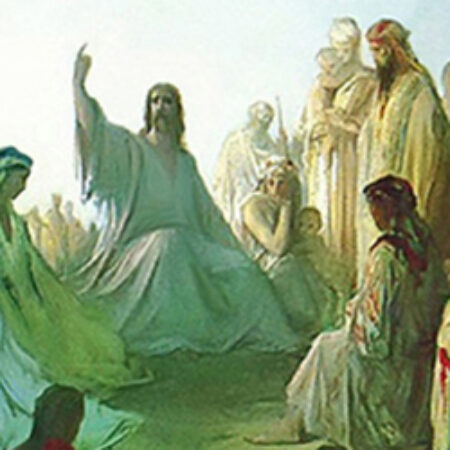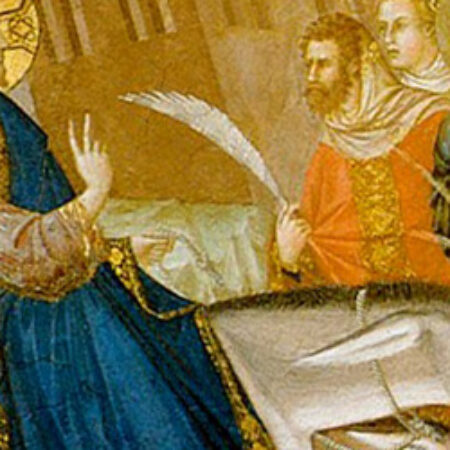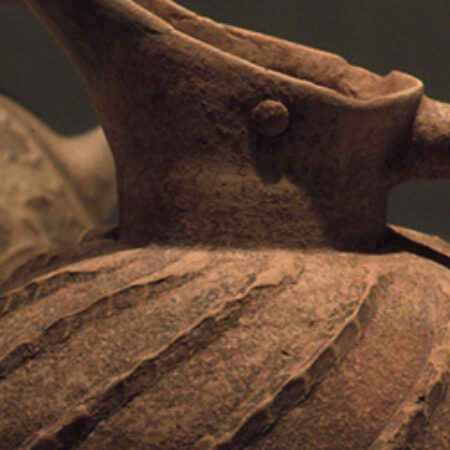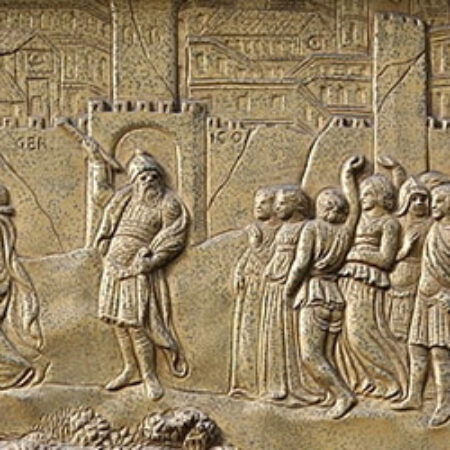The deeper nuances of the Aramaic language illuminate the beatitude teachings of Jesus. Part One.
Messages by Rev. Crystal Muldrow (Page 8)
When we examine the Aramaic language employed by Jesus, we can gain much insight on his teachings about good and evil.
The story of Jesus passion, death and resurrection offers a metaphysical teaching for our own transformation.
On the day we celebrate as Palm Sunday, Jesus rode into Jerusalem, the “city of peace”. How can we, too, ride into peace?
In times of darkness and turmoil we must hold fast to the truth of who we are and to the goodness of the universe. Holding that higher vision, we will manifest it and overcome adversity.
The Sabbath happens anytime we choose to enter into the stillness to hear the voice of Spirit, and to “pluck from the grains” of that Divine field in order to move forward, actively engaging in our own awakening.
As we quicken the energies within us that were epitomized by Jesus the Christ, we awaken youthful ideas and vitality.
Our imagination has the power to create our experience. When we allow it to be inspired by Spirit within us, we manifest the good and beautiful.
The Gospel story of the wedding feast at Cana and the transformation of water into wine reveals the means of our own transformation.
Referencing the Bible story of Joshua and the walls of Jericho, Rev. Crystal shares the message that we can set ourselves free from any walls of limitation and allow God’s free flowing thoughts to move in and through us.











